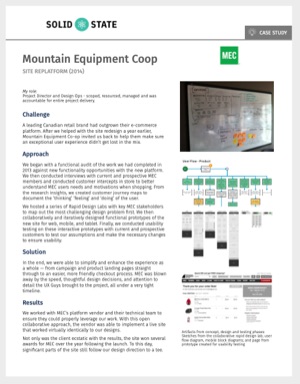How often do enterprise digital transformation projects come in on time, under budget and in scope?
We've been involved in many large-scale digital transformation projects and usually when you talk about success, it involves user-centric and empathic thinking. This is true, but "throwing UX" at the process won't magically make the pain go away. There are three things every successful digital transformation project needs to bridge the gap from old to new.
First, and foremost, ensuring that the technology suits the user's needs and their "real job" is critical to success. Whether its the tech vendor's flat sheet or sales guy that says "of course it'll do that" or post-install and everyone is wondering where all the stuff they actually used disappeared to, an understanding of exactly what user's are doing, when they're doing it and most importantly, why they're doing it is required.
These kinds of issues are sometimes thought of as "change management" issues, but if the process is done right, the user should actually find the new tool easier, quicker and more efficient without retraining. A good analysis of needs, whether that's old-school task analysis, jobs to be done or agile user stories should capture the real needs and motivations and then you bake that into the new implementation.
Secondly, when choosing what new functionality to launch and when to launch it, think of grouping by logical need instead of by technology or by corporate structure. We have seen several instances of IT departments choosing a technology vendor and launching the COTS solution and hoping to repair the plane "in the air".
More logically, understand how your team is using the technology to solve their day-to-day and upgrade that day-to-day. If that means staged or gated releases or only using a fraction of the new implementation, so be it. Create initial successes that will encourage buy in and be celebrated.
Lastly, ensure your team is part of the design process. Let them see how things are being rewired before it lands on their desk. Ideally, you're using a lean approach to build/learn/test the new toolset and there's real people doing real work in that iteration.
You wouldn't believe how much more efficient it is to involve the people that use the tools in to the design process. Problems are found quicker. Solutions are often more innovative than you would think. And by collaborating in the end result, your team becomes your biggest internal booster.
These are just a few of the reasons why enterprise digital transformation projects should spill out from just under the IT/Technology umbrella in larger organizations. We've seen projects come in faster and more appreciated by end users with these things in mind.
Originally published March 3, 2020
Additional Resources

MEC Redesign Case Study
How to create a brand new experience in weeks instead of months.